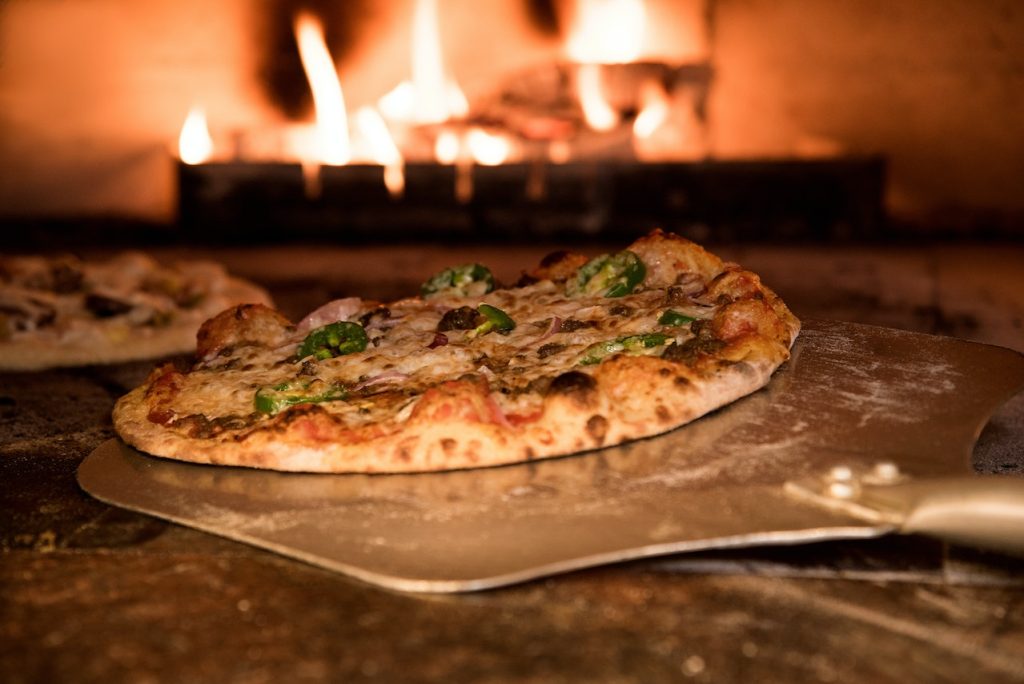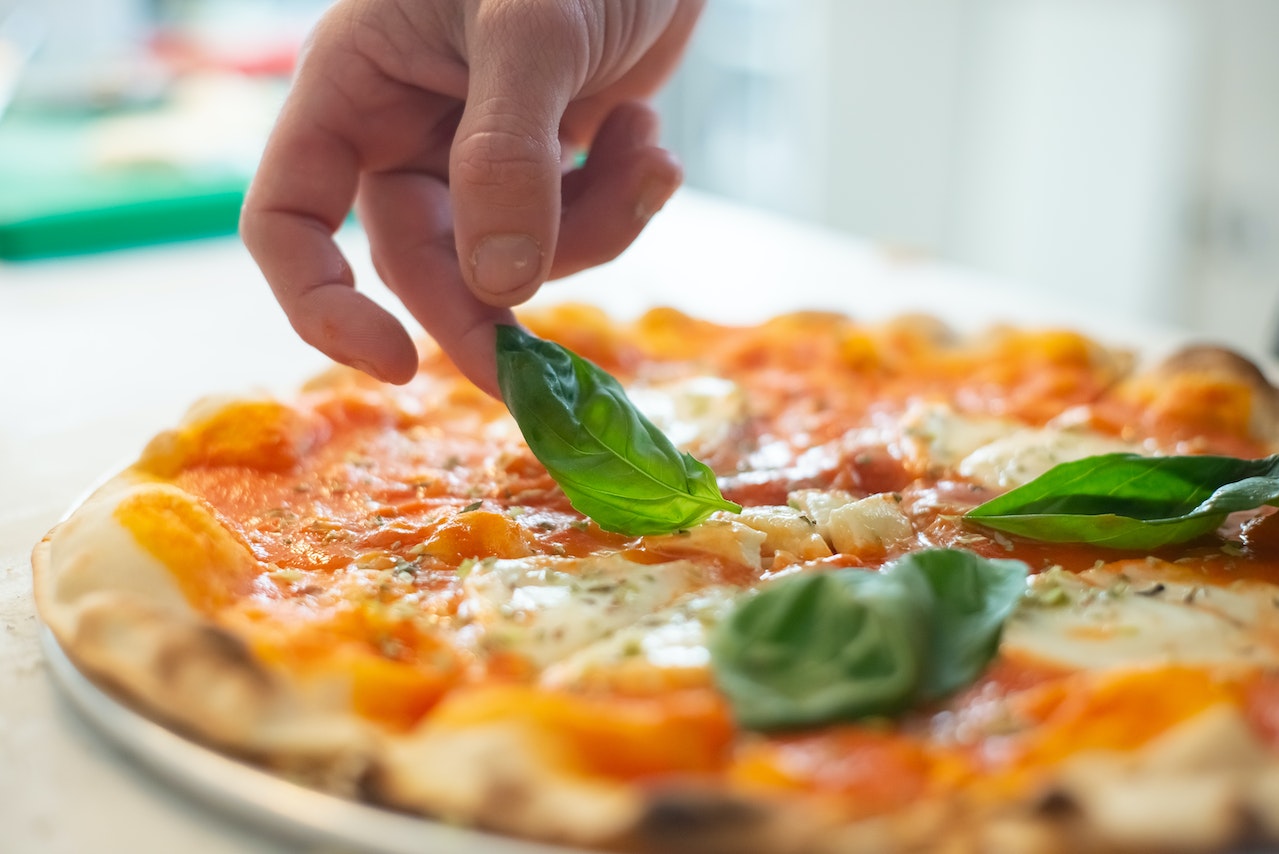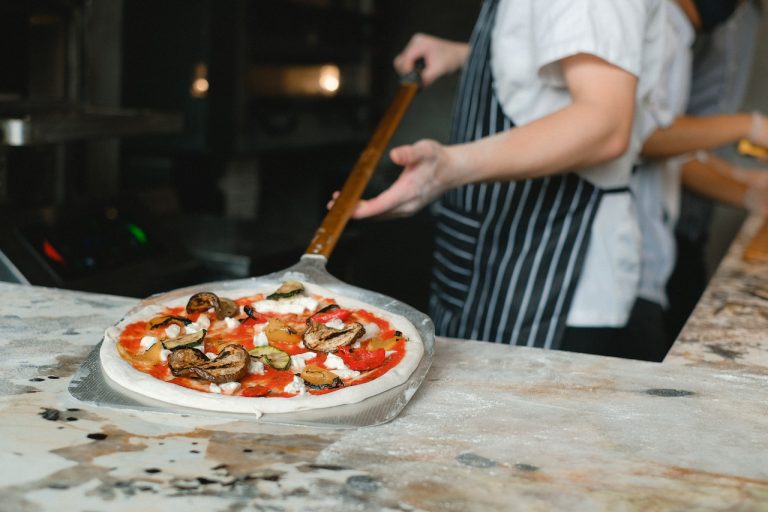Tips and Tricks from Our Chefs
Pasta, the beloved staple of Italian cuisine, has transcended its origins to become a global comfort food. Whether it’s a hearty bowl of spaghetti bolognese, a delicate plate of fettuccine Alfredo, or the quirky spirals of fusilli, pasta has found its way into the hearts and kitchens of people around the world. But beneath the simplicity of flour and water lies a world of craftsmanship, tradition, and innovation. In this article, we delve into the heart of pasta making, unlocking the art of pasta mastery with insider tips and chef’s secrets that will elevate your pasta game to new heights.
The Flour Power
Every great pasta dish begins with humble flour. Not just any flour, mind you, but high-quality semolina flour. Semolina flour, made from durum wheat, is the secret to pasta with the perfect texture. It’s coarser than all-purpose flour, which helps pasta maintain its structure and absorb sauce beautifully.
Chef’s Tip #1: Always use semolina flour when making pasta from scratch. It’s readily available in most grocery stores and will make a world of difference in your homemade pasta.
The Egg Dilemma
To egg or not to egg, that is the question. Eggs are a common ingredient in pasta dough, but they are not always necessary. While traditional egg pasta, like tagliatelle or pappardelle, boasts a rich and silky texture thanks to the eggs, eggless pasta, like orecchiette or trofie, has its charm too.
Chef’s Tip #2: Experiment with eggless pasta recipes to discover new textures and flavors. Eggless pasta can be a refreshing change from the usual, and it’s suitable for vegans as well.
Kneading Matters
Kneading is the pivotal moment in pasta making. It’s when the flour and liquid come together to form a cohesive dough. But be warned, over-kneading can result in tough pasta, while under-kneading leads to a crumbly mess.
Chef’s Tip #3: To achieve the perfect dough consistency, knead your pasta dough for about 5-7 minutes. It should be smooth, elastic, and not too sticky.
Rest, Don’t Rush
In our fast-paced world, patience can be a rare virtue. But when it comes to pasta, patience is key. After kneading your dough, it needs to rest. This resting period allows the gluten to relax, making the dough easier to roll out and shape.
Chef’s Tip #4: Wrap your pasta dough in plastic wrap and let it rest for at least 30 minutes at room temperature. This step is crucial for pasta that’s tender, not tough.
The Perfect Pasta Machine
While you can roll out pasta dough by hand, a pasta machine is a valuable tool for achieving consistent thickness and texture. It’s a wise investment for any serious pasta enthusiast.
Chef’s Tip #5: Invest in a good-quality pasta machine. It will make your pasta-making journey much smoother and more enjoyable.
Rolling and Shaping
With your rested dough and pasta machine at the ready, it’s time to roll and shape your pasta. The possibilities are endless: tagliatelle, ravioli, pappardelle, farfalle, and many more. Each shape tells a story of its own, reflecting the culinary traditions of Italy’s diverse regions.
Chef’s Tip #6: Don’t be afraid to get creative with your pasta shapes. Experiment with different cutters and molds to create unique and visually appealing dishes.
The Boiling Point
Cooking pasta might seem straightforward, but there’s more to it than just boiling water. To achieve pasta perfection, remember these key steps:
Salt the Water: Use a generous amount of salt in your boiling water to season the pasta from the inside out.
Stir Gently: Stir the pasta immediately after adding it to the boiling water to prevent sticking.
Taste Test: Start testing the pasta for doneness a minute or two before the recommended cooking time. Pasta should be al dente, with a slight bite.
Save Some Pasta Water: Before draining the pasta, reserve a cup of pasta water. It’s liquid gold for creating silky pasta sauces.
Sauces That Sing
Now that you’ve mastered the art of pasta-making, it’s time to explore the world of sauces. From the classic marinara to the luxurious carbonara, the sauce can elevate your pasta dish from ordinary to extraordinary.
Chef’s Tip #7: Match the pasta shape with the sauce. Long, thin pasta like spaghetti pairs well with light olive oil-based sauces, while sturdy shapes like rigatoni are perfect for hearty meat sauces.
The Cheese Factor
Cheese and pasta are a match made in heaven. Parmesan, Pecorino Romano, and Grana Padano are some of the classic choices that add depth and richness to your dishes.
Chef’s Tip #8: Grate your cheese fresh and add it just before serving. This ensures that the cheese melds perfectly with the hot pasta.
Finishing Touches
The magic of pasta-making lies not only in the ingredients and techniques but also in the final touches. Fresh herbs, a drizzle of extra-virgin olive oil, a sprinkle of chili flakes, or a handful of toasted breadcrumbs can take your pasta dish to the next level.
Chef’s Tip #9: Experiment with garnishes to add layers of flavor and texture to your pasta creations. The possibilities are endless.

Conclusion
Mastering pasta-making is not just about creating a delicious meal; it’s about embarking on a journey of flavor and tradition. Each time you roll out dough, shape pasta, and savor the fruits of your labor, you become a part of a timeless culinary legacy.
In the hands of skilled chefs and passionate home cooks alike, pasta becomes a canvas for creativity and a vessel for culture. Whether you’re crafting a comforting bowl of penne alla vodka or a plate of handmade orecchiette from Puglia, you’re participating in a rich tapestry of flavors and stories that stretch back through generations.
So, the next time you embark on a pasta-making adventure, remember these insider tips and chef’s secrets. Let the flour, eggs (or not), and the kneading process become your allies. Embrace the patience required for dough to rest and the joy of shaping it into various forms. Relish the alchemy of boiling pasta to perfection and the art of saucing it with care. And, above all, savor the satisfaction of a well-made pasta dish that’s as much a celebration of tradition as it is a feast for the senses.
In the world of pasta, there’s always more to learn, explore, and create. Whether you’re a novice or a seasoned pasta aficionado, there’s no end to the possibilities and pleasures that this culinary art form offers. So, go ahead, roll up your sleeves, and immerse yourself in the world of pasta mastery.



